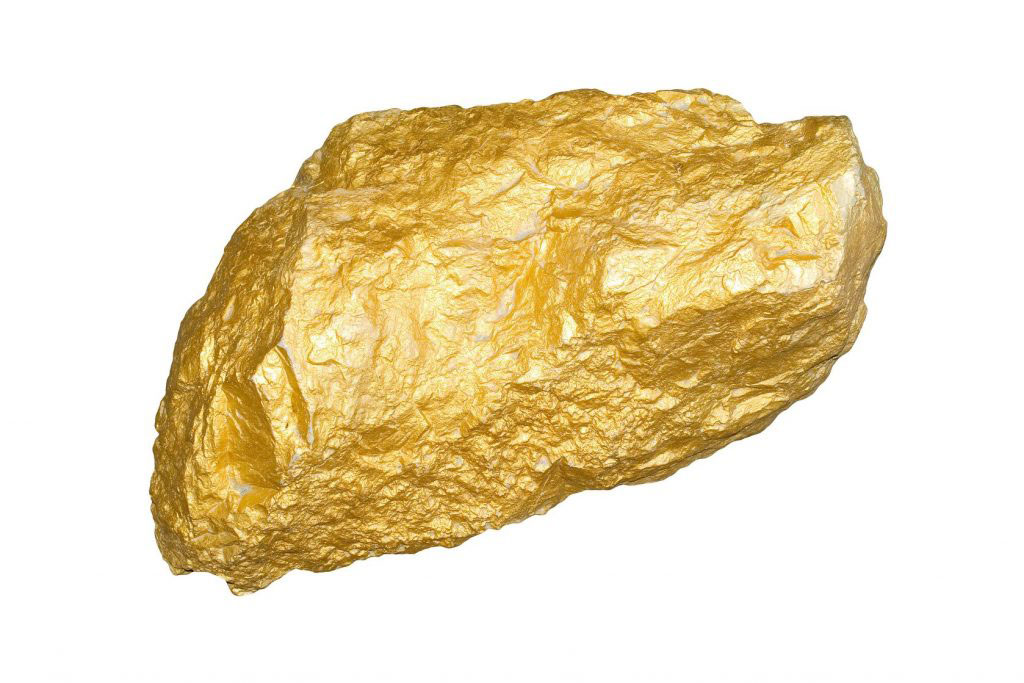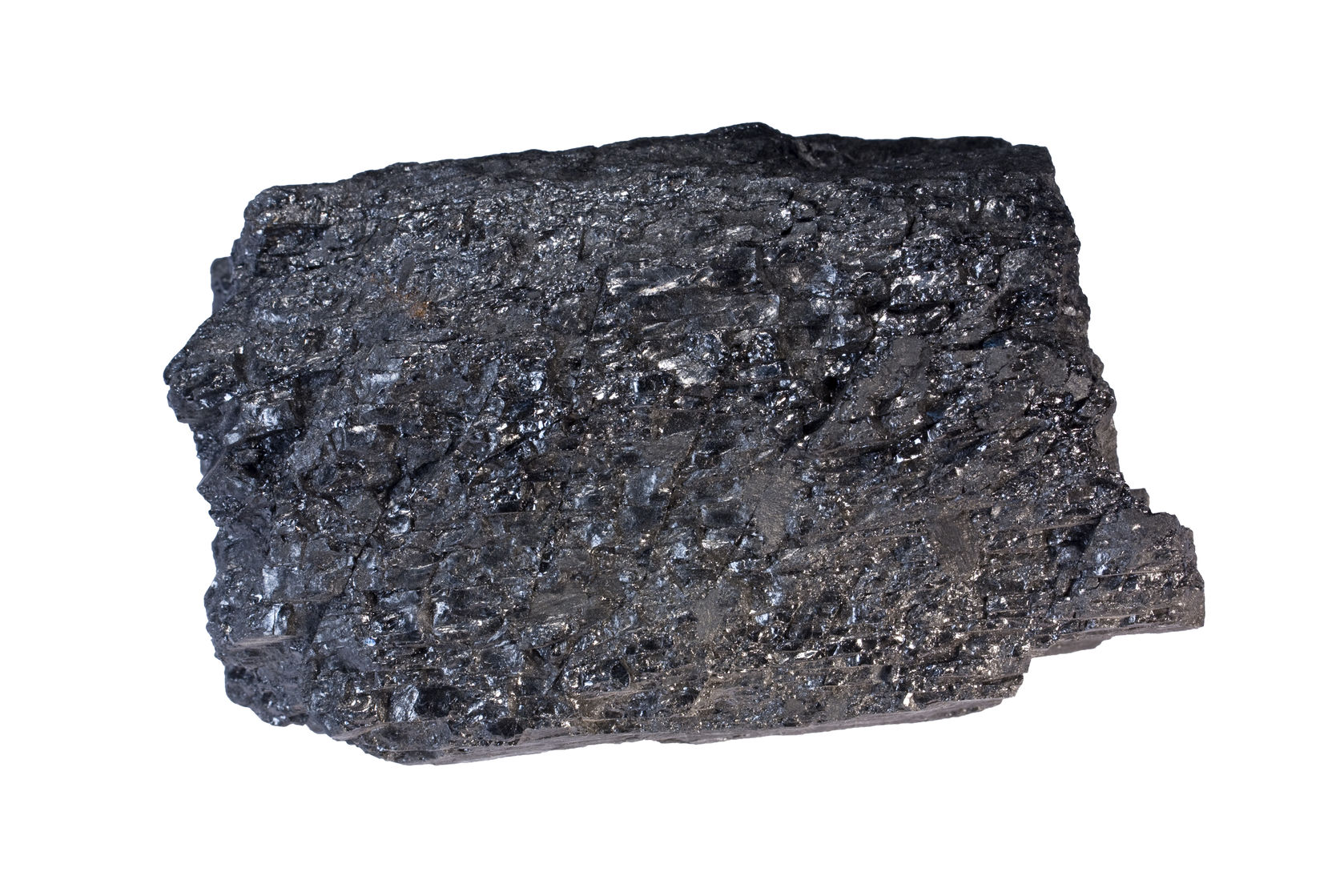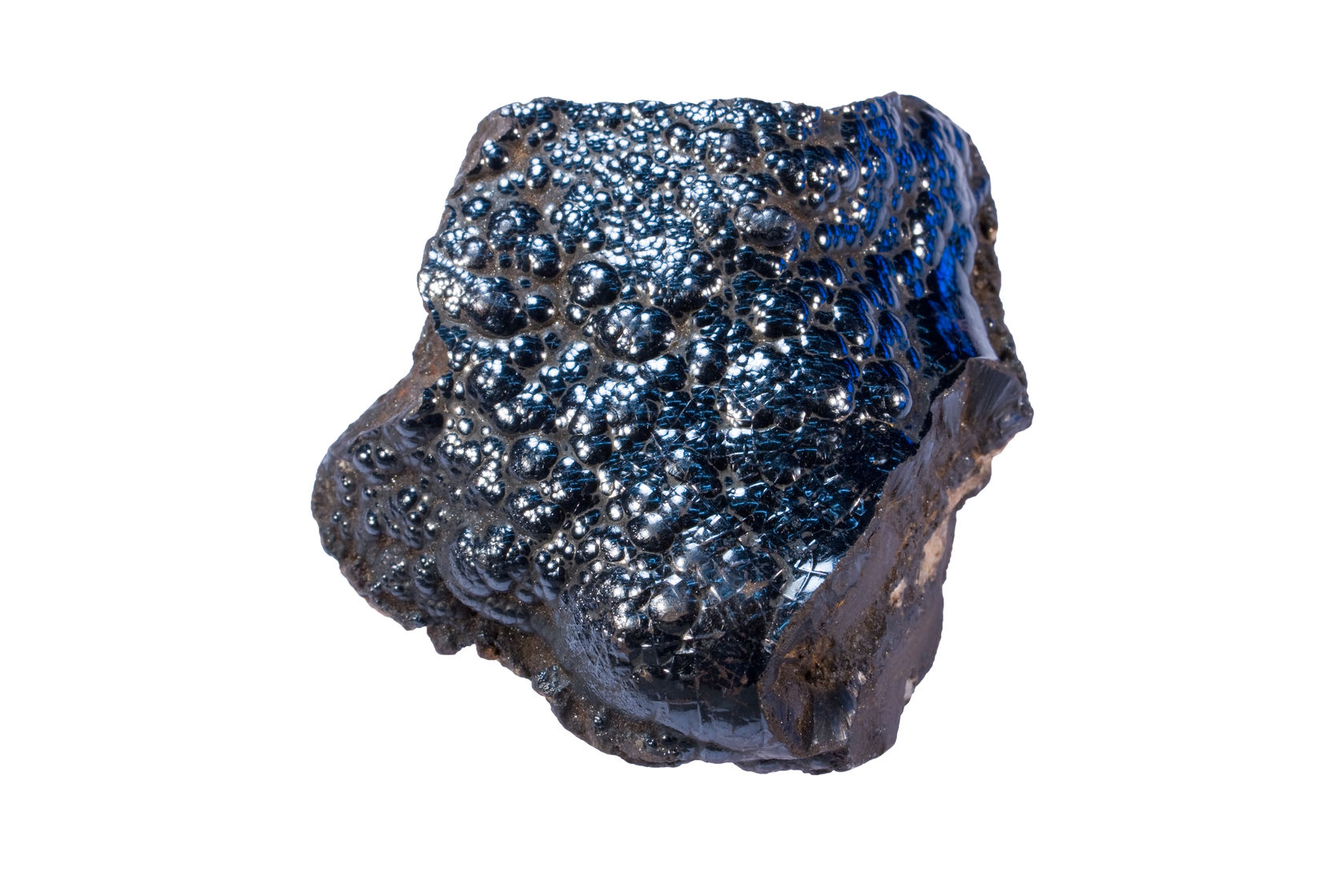Metals

Gold
Gold in its purest state, 24 karat, is generally considered too soft for practical use in jewelry.
It must be alloyed with other special metals to increase its durability and work-ability.
Theoretically, 24K gold is pure gold. 18K gold contains 75% gold, and the imprint reads "Au750."
When gold is mixed with other metals, the alloys show colors ranging from pale yellow to rose, or even white. Yellow gold is a mixture of copper, silver and gold.
White gold has higher silver content, whereas higher copper percentage gives rose gold.

Platinum
For the manufacturing of the platinum jewelry, we use the PT 950 (95% platinum and 5% ruthenium).
Pure platinum is very malleable and therefore difficult to process. Because of this, platinum is most often mixed with other alloys in order to create jewelry.
The most commonly used alloys for platinum are palladium, rhodium and iridium. In the United States of America, for an item to be described as "platinum," the platinum content must be at least 95% platinum and 5% alloys.

Titanium
Titanium is naturally a grey-silvery metal but can be anodized in several colors as well as black diamond treated for a glossy, durable black look.
Durability
Titanium is very resistant to bending, cracking and has excellent scratch resistance. Stone settings in titanium resist loosening very well. Titanium's high strength allows innovative and more delicate stone setting than traditional softer jewelry metals.
Weight
Titanium is very lightweight. It's lightweight may even surprise some people. It has been described to "feel is if it is not even there."
Bio-compatibility
Titanium, even in its higher strength alloy form known as "aircraft-grade titanium" is perfectly bio-compatible. Aircraft-grade titanium is commonly used for surgical implants and dental fittings than pure titanium, as it is more resistant.


